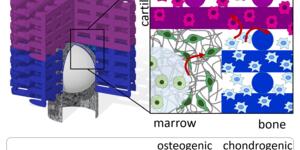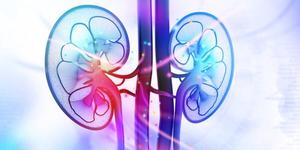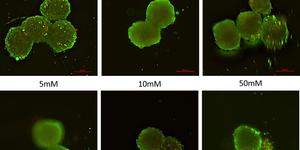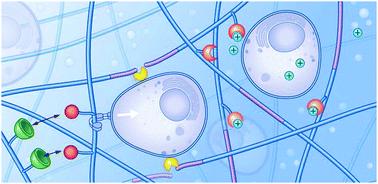News & Events
Comprehensive Review on Dynamic Hydrogels
More News

Integrating Biofabrication Technologies
Unlocking the secrets of osteochondral regeneration has long been a daunting challenge, with the intricate interplay between cartilage and bone presenting formidable hurdles. However, a groundbreaking approach is on the horizon, poised to redefine the landscape of tissue regeneration: multiphasic scaffolds – the cornerstone of cutting-edge strategies aimed at mirroring the complexities of the osteochondral unit and nurturing the growth of implanted bone-marrow derived stem cells (BMSCs). Yet, amidst the promise, hurdles remain. Stem cell loss during expansion in vitro and the limited control over their behavior within scaffolds both in vitro and in vivo pose formidable challenges.
Read More

Bioprinting in Space
In a new Pathfinder Open project, PULSE, we have partnered with different experts in space technology and use thereof to study how the Space environment could be working as an accelerator of ageing…
Read More

New Hybrid Biofabrication technology
Many tissues in our body display gradients. These are not only biological gradients, but also structural, physical, and chemical ones, resulting in smoother variations of mechanical properties and cell functional activity.
Read More

Kidney 3D in vitro models through bioprinting
At the Complex Tissue Regeneration department, we work hard to bridge the gap towards the dream of organs bioprinting. Step by step, we are now progressing towards understanding more and more in depth the requirements to bioprint different kidney cells, either derived from pluripotent stem cells or of adult species.
Read More

Bioprinting through Levitation
Magnetic levitation offers the possibility to place cells in a precise position in space through controlling the magnetic forces applied to magnetized cells. This new biofabrication technique, at the interface between bioprinting and bioassembly, provides new ways to create large-scale biological constructs that can be used for regenerative medicine purposes.
Read More

Published on: November 26, 2017
Category: Events
Three main cell-based stimuli can be harnessed to create responsive hydrogels: (1) enzymes (2) mechanical force and (3) metabolites/small molecules. Degradable bonds, dynamic covalent bonds, and non-covalent or supramolecular interactions are used to provide responsive architectures that enable features ranging from cell selective infiltration to control of stem-cell differentiation. The growing ability to spatio-temporally control the behavior of cells and tissue with rationally designed responsive materials has the ability to allow control and autonomy to future generations of materials for tissue regeneration, in addition to providing understanding and mimicry of the dynamic and complex cellular niche.
We are not yet ready to make hydrogels that can talk to cells, but they can certainly whisper them...
http://pubs.rsc.org/en/content/articlelanding/2017/mh/c7mh00373k#!divAbstract






